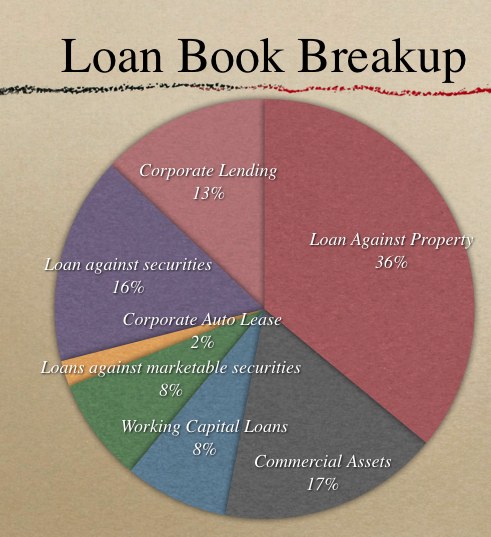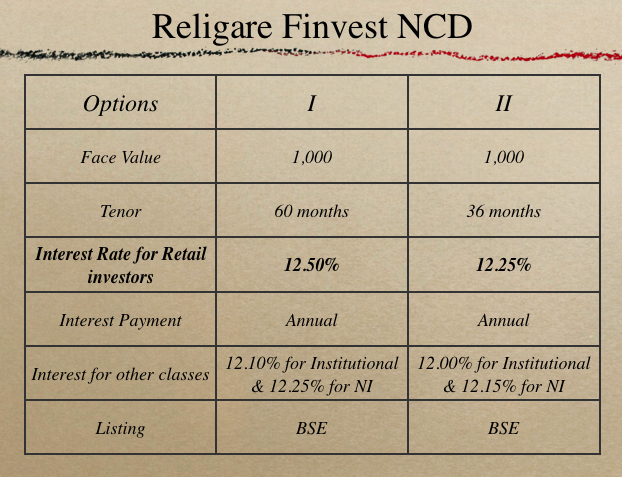This is part 3 of the series on introduction to NCDs, and this post will primarily focus on listing of bonds and aspects related to it.
To read the first two posts of the series you can go here:
1. Introduction to NCDs – Part I
2. Introduction to NCDs – Part II
What does listing of an NCD mean?
Listing of NCD means that a few weeks after the bond has been allotted to you it starts trading in the stock exchange. They trade like any other stock, and you can buy and sell them from the stock exchange at that time.
Since they are trading on the exchange, the price varies from time to time, and a bond that had a face value of Rs. 1,000 can be trading for Rs. 920, or even be trading at Rs. 1,100. If an NCD trades below its face value it’s said to be trading at a discount, and if it trades above its face value – it’s said to be trading at a premium.
How does this affect interest payment?
The price at which you buy the bond doesn’t affect the interest payment. Regardless of what you pay for the bond, you will get the interest rate promised by the issuer on the face value of the bond. So, if the issuer said they are going to pay 9% on Rs. 1,000 bond – you will get Rs. 90 (updated) regardless of what price you pay for the bond.
This does however affect yield which is what we will come to next.
What is yield and how can I look at different NCD yields?
The price of listed bonds fluctuate with demand and supply, and the demand for a bond depends on the interest rate on that bond and the quality of the issuer.
We have seen rising interest rates in the past few months, and the bonds that came out earlier had a lower coupon rate than the bonds that are coming out now. If the quality of both their issuers is the same then there is no reason to buy the bond at a lower coupon rate (since the bond at a higher coupon rate is available).
Generally, there are two types of yields associated with bonds – Current Yield and Yield to Maturity.
The current yield tells you what’s the effective rate of interest you will get when you buy the bond at the market price. So, a bond with a face value of Rs. 100, and rate of interest of 9% will have a yield of 9% when the bond is first issued, but if the bond starts trading at Rs. 90 in the market then your yield becomes 10%, since you get Rs. 9 interest on your investment of Rs. 90.
Since you are buying the bonds at a discount, you get additional income when you redeem them at face value, so you will get Rs. 100 for a bond that you bought for only Rs. 90, and that also adds to your yield.
The Yield To Maturity calculation takes this into account as well, and that’s the second type of yield normally associated with bonds.
I have done two fairly detailed posts on how bond yields are calculated , and you can read those posts to understand this concept better. They were written for tax saving infrastructure bonds which will be issued later in the year, so the context is slightly different but the main concept is the same.
As to the question of where you can find yields – unfortunately, there is no way that you can do that right now. Their list is not available at any website right now.
However, I am working on a partial list that will contain the data from the recent NCDs and I will keep updating them every couple of months or so like my best fixed deposit interest rates. That post will be published either later this week or early next week.
If you want to find yields quickly then MoneyChimp has an excellent bond yield calculator on their site.
Is there interest rate the only factor that affects price and yield of a bond?
Interest rate is a big factor but that’s not the only factor – the quality of issuer is an important factor as well. That’s why the recently issued NCDs by India Infoline Investment Services Ltd. is trading at a discount while the SBI bonds issued earlier are trading at a premium despite the fact that the coupon rate on the IIIFL NCD is higher than the coupon rate on the SBI bonds.
There is a little bit of speculative element on the prices of NCDs as well since they are trading on a stock exchange, and a lot of people who buy them aren’t buying them for interest income but rather sell them to someone else for capital gains, and that introduces some bit of volatility in the bond prices.
For instance, the IIIFL bonds were listed at a discount of 8% which is quite huge for a fixed income offer, but then recovered and though still trading at a discount it’s not as big as 8% .
There was a question on why someone should apply for them when you can get them at a discount, and that’s because you don’t know before hand that something will trade at a discount or not. For all you know – the issue may list at a premium after listing. So, there is no guarantee either way.
Summary
To summarize, NCDs trade on the stock exchange, and you can buy and sell them from the exchange, so you are not restricted to when the issue opens, or when the bonds mature.
Since you buy them from the exchange – you may have to pay a premium or get a discount based on the market conditions at the time. This doesn’t affect how much interest you get paid annually, but does depend your yield. In simple terms – yield is the effective interest rate you get calculated based on the price of the bond, and the coupon rate.
Currently, the yield and other details are not consolidated at a single place, though that will improve with time.
The next post in this series will contain the details of all the currently listed bonds, and their current yields etc.


